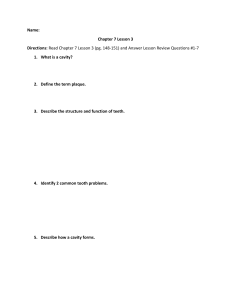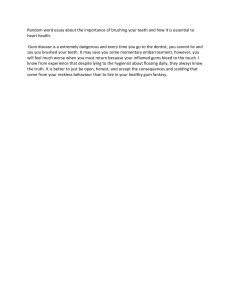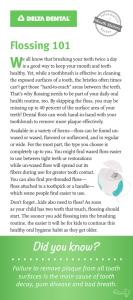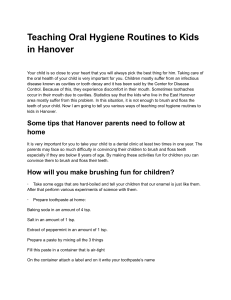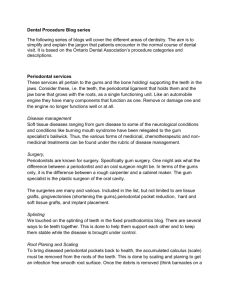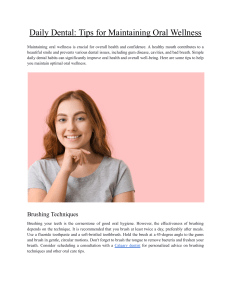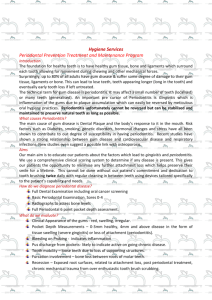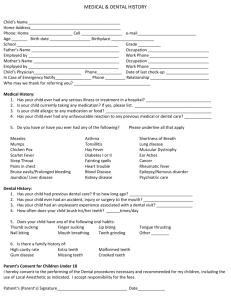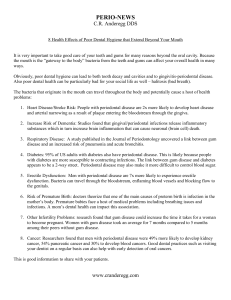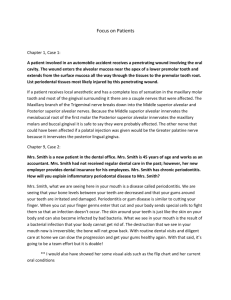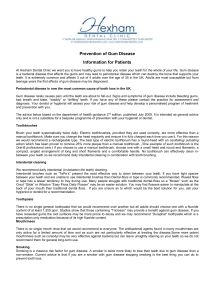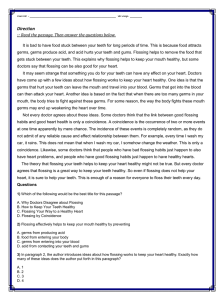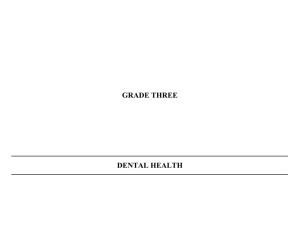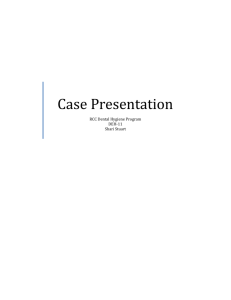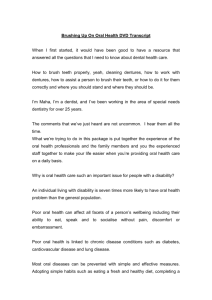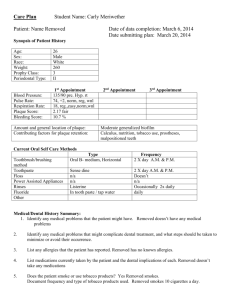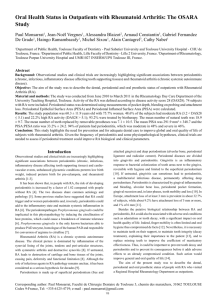Active Periodontitis
advertisement
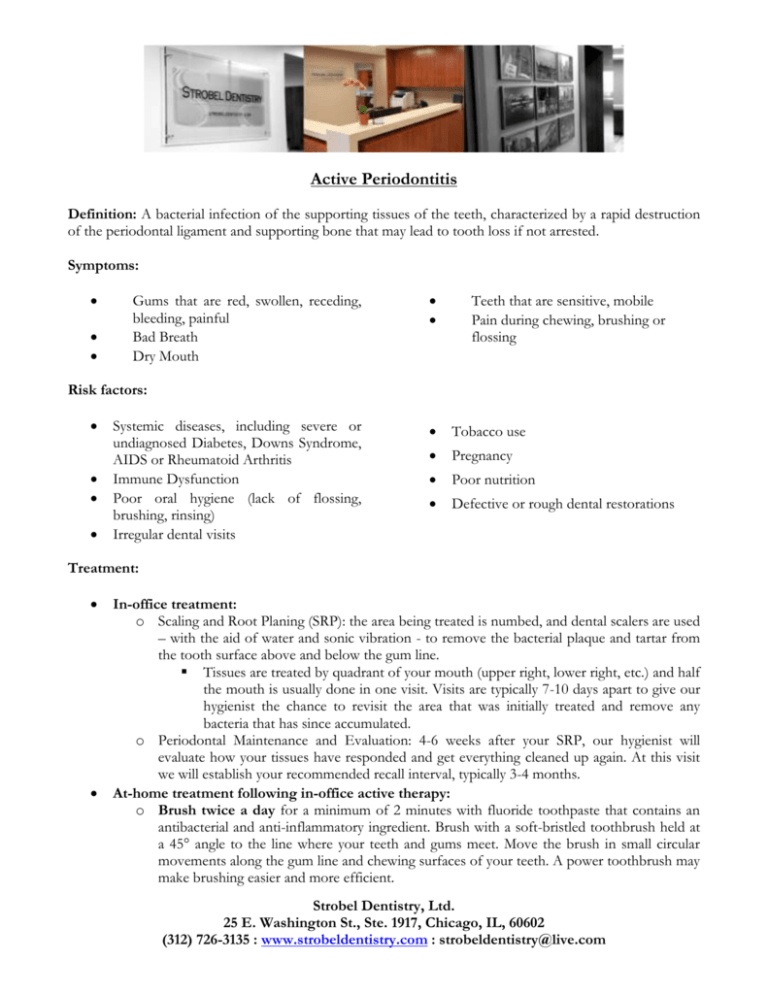
Active Periodontitis Definition: A bacterial infection of the supporting tissues of the teeth, characterized by a rapid destruction of the periodontal ligament and supporting bone that may lead to tooth loss if not arrested. Symptoms: Gums that are red, swollen, receding, bleeding, painful Bad Breath Dry Mouth Teeth that are sensitive, mobile Pain during chewing, brushing or flossing Risk factors: Systemic diseases, including severe or undiagnosed Diabetes, Downs Syndrome, AIDS or Rheumatoid Arthritis Immune Dysfunction Poor oral hygiene (lack of flossing, brushing, rinsing) Irregular dental visits Tobacco use Pregnancy Poor nutrition Defective or rough dental restorations Treatment: In-office treatment: o Scaling and Root Planing (SRP): the area being treated is numbed, and dental scalers are used – with the aid of water and sonic vibration - to remove the bacterial plaque and tartar from the tooth surface above and below the gum line. Tissues are treated by quadrant of your mouth (upper right, lower right, etc.) and half the mouth is usually done in one visit. Visits are typically 7-10 days apart to give our hygienist the chance to revisit the area that was initially treated and remove any bacteria that has since accumulated. o Periodontal Maintenance and Evaluation: 4-6 weeks after your SRP, our hygienist will evaluate how your tissues have responded and get everything cleaned up again. At this visit we will establish your recommended recall interval, typically 3-4 months. At-home treatment following in-office active therapy: o Brush twice a day for a minimum of 2 minutes with fluoride toothpaste that contains an antibacterial and anti-inflammatory ingredient. Brush with a soft-bristled toothbrush held at a 45° angle to the line where your teeth and gums meet. Move the brush in small circular movements along the gum line and chewing surfaces of your teeth. A power toothbrush may make brushing easier and more efficient. Strobel Dentistry, Ltd. 25 E. Washington St., Ste. 1917, Chicago, IL, 60602 (312) 726-3135 : www.strobeldentistry.com : strobeldentistry@live.com o Floss daily. Hold the floss tight. Gently bring it down between the teeth. Do not pop the floss against the gum. Curve the floss around the tooth and gently rub up and down. Adjust the floss so you use a fresh section for each tooth, including the back side of the last teeth. Alternate flossing methods are available for patients who have difficulty flossing or who cannot floss. o Rinse with an antiplaque, anti-gingivitis mouthwash that contains either cetylpyridinium chloride or essential oils. Listerine and Colgate Advance Proshield are popular brands of antiseptic rinses. o Visit your dentist or dental hygienist every 3 to 4 months, depending upon the severity of the periodontitis. Your dental professional will be able to help you manage periodontitis by reviewing your risk factors and oral hygiene habits in order to create a home-care regimen that works for you. They can get to areas in your mouth that you are not able to properly access at home even with good home care. If the SRP is unsuccessful, other treatment options include: Placement of antibiotics under the tissues that haven’t responded to SRP Referral to a periodontist (gum tissue and bone specialist) for evaluation and potential surgery to augment the existing bone and tissue Treatment Goals: Remove factors that provoke inflammation (plaque, Calculus and endotoxins) from the root surface Eliminate Bleeding and swelling Achieve ideal home care techniques with proper patient education Prevent recurrence of disease through regular periodontal maintenance visits following active therapy Strobel Dentistry, Ltd. 25 E. Washington St., Ste. 1917, Chicago, IL, 60602 (312) 726-3135 : www.strobeldentistry.com : strobeldentistry@live.com
